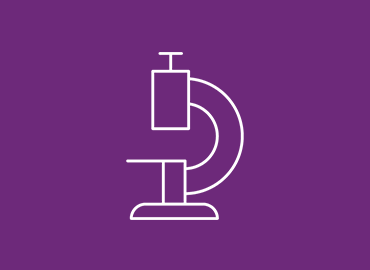
The Challenge
At A&S, we are continuing our long history of making discoveries that transform what’s possible in the world. We push beyond the boundaries of research excellence by engaging in partnerships with communities, industries, governments and non-governmental organizations to address social, economic and environmental challenges and innovate solutions.
How A&S is Driving Change
In the Acceleration Consortium, self-driving labs that combine material science with the power of artificial intelligence, robotics and advanced computing will catalyze our ability to rapidly design and test new materials.
Designing and developing new, more efficient and effective materials is helping to address a wide range of pressing challenges, such as mitigating climate change through green, organic electrolytes for energy storage, and lighter, stronger composites for greener buildings and transportation. The autonomous labs will reduce the time and cost of bringing advanced materials, like this, to market to as little as one year and $1 million, down from an average of 20 years and $100 million. Launched in April 2021, the consortium is already off to a strong start, recently welcoming Professor Anatole von Lilienfeld. Lilienfeld is world-renowned for his impressive expertise in developing and applying machine learning methods that drive the design and discovery of innovative materials using quantum mechanics, big data, statistical mechanics and computing.
This past year, School of the Environment scientists built and used computer models that develop a depth of understanding about sustainability. Researchers and graduate students have helped the Faculty address a wide range of critical challenges, such as building more powerful computational models for understanding climate change, and the role that data visualizations play in sharing knowledge about sustainability. With your support, the School is training future leaders like Emma Bernardo in environmental and social change. “The School of the Environment gives me the opportunity to learn from some of the greatest environmental teachers our community has and to form connections with other like-minded students who will be the leaders of our future,” she says.
Philanthropic support drives progress in key priorities for the School of the Environment’s 1,030 students, such as the new Certificate in Sustainability program that helped students develop a sustainability lens through which they can approach the rest of their academic program, career path and life beyond school. Graduate scholarships for new Masters of Environment and Sustainability program support the experts of tomorrow as they develop solutions to the environmental and human well-being challenges of the 21st century’s planetary crisis.

